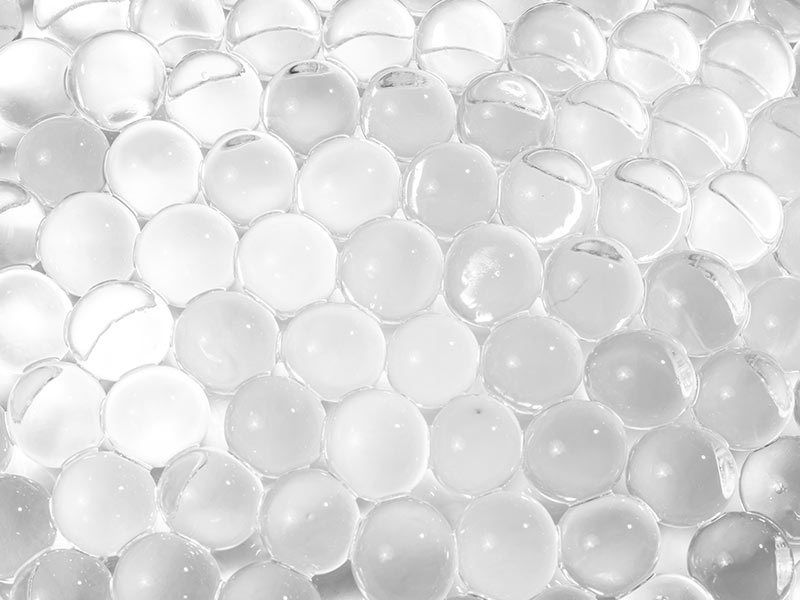Conventional polyol is a type of polyether polyol that is typically used to produce flexible polyurethane foam. It is a glycerine-initiated polyether heteropolymer triol with a molecular weight of around 3500. Conventional polyol is a relatively inexpensive and easy-to-process material, making it a popular choice for a variety of applications, including:
- Furniture cushioning
- Mattress cores
- Automotive seating
- Packaging materials
- Apparel foam
Conventional polyol is typically produced in a two-step process. In the first step, propylene oxide is polymerized to form a propylene oxide polyether. In the second step, ethylene oxide is copolymerized with the propylene oxide polyether to form the final conventional polyol product.
Conventional polyol is a versatile material that can be used to produce a variety of polyurethane foam products with different properties. For example, by varying the ratio of propylene oxide to ethylene oxide in the polymerization process, it is possible to produce conventional polyols with different degrees of flexibility and hardness. Additionally, conventional polyol can be blended with other additives to further modify the properties of the resulting foam.
Conventional polyol is a widely used material in the polyurethane foam industry. It is a versatile and affordable material that can be used to produce a wide range of foam products with different properties.
Here are some of the key advantages of conventional polyol:
- It is a relatively inexpensive material.
- It is easy to process.
- It has good flexibility and resilience.
- It has good chemical resistance.
- It is compatible with a variety of additives.
However, conventional polyol also has some disadvantages:
- It is a petroleum-based material, which is not sustainable.
- It can release volatile organic compounds (VOCs) during processing and curing.
- It is not as fire resistant as some other types of polyol.
Despite its disadvantages, conventional polyol remains a popular choice for the production of flexible polyurethane foam.







